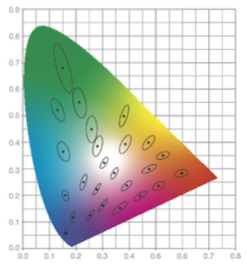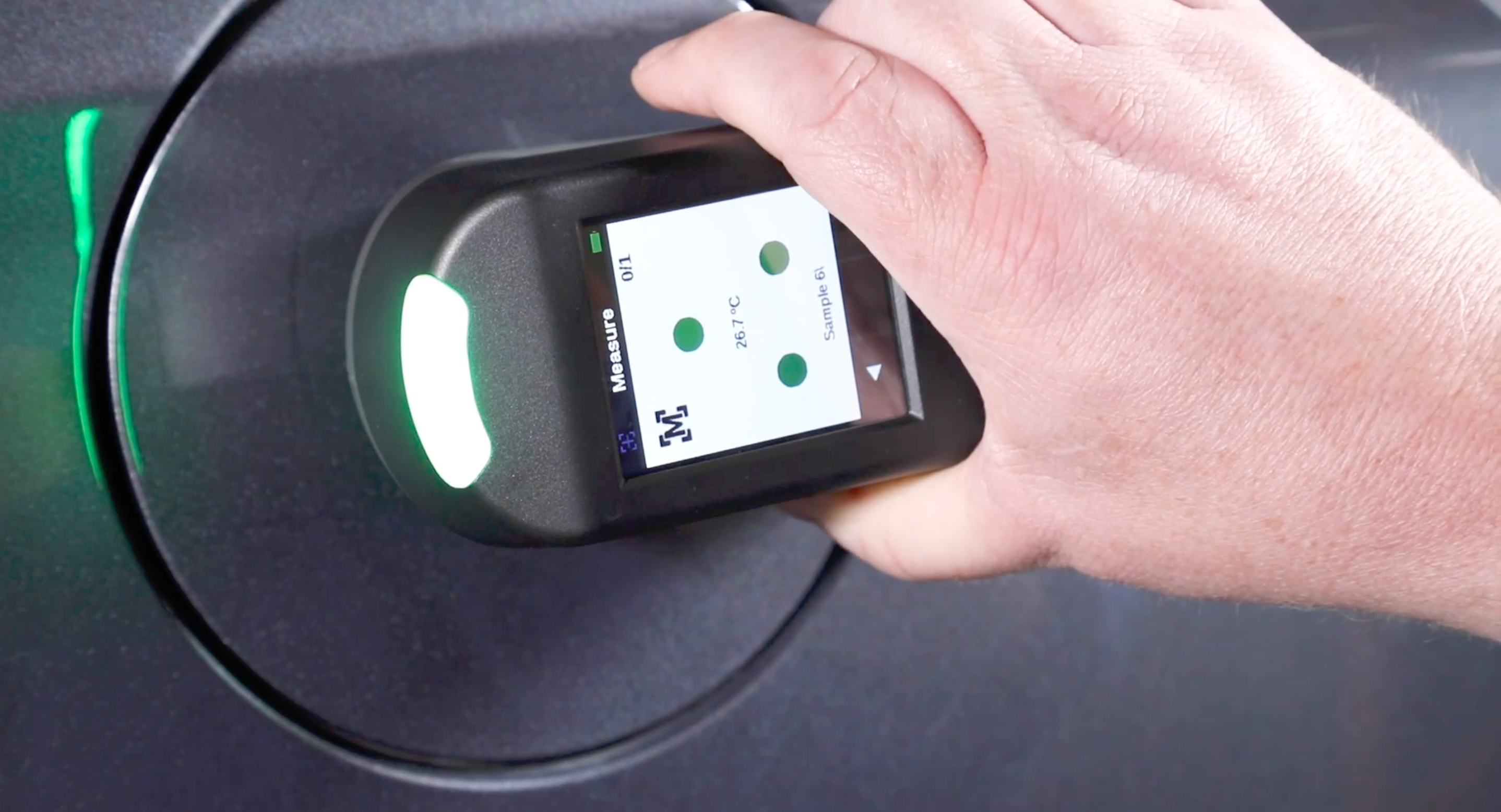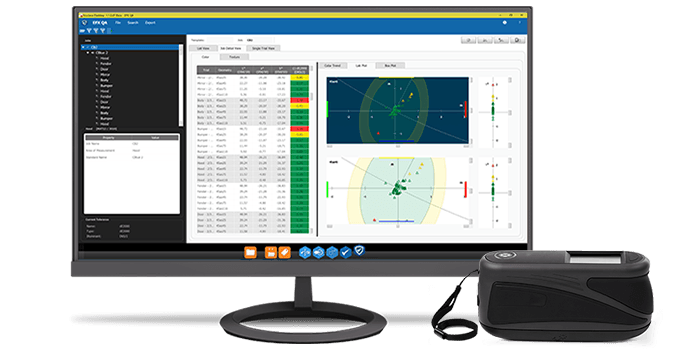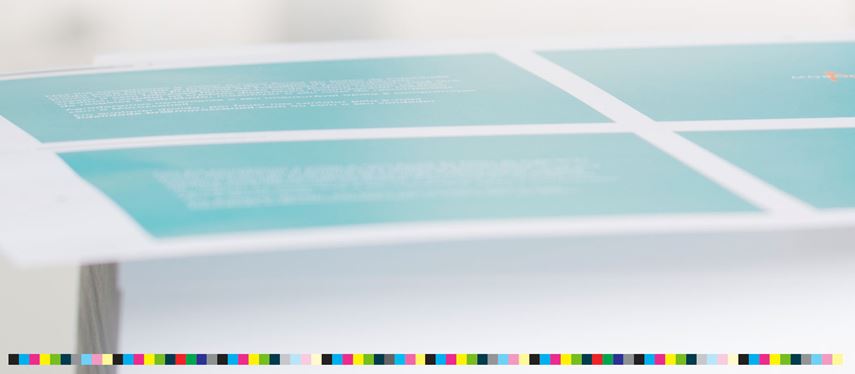Color measurement is used to specify, quantify, communicate, formulate, and verify color quality for color critical work. Because everyone perceives color differently, color measurement is more precise than visual evaluation. How to Measure Color Wavelength To measure color, a color measurement device called a spectrophotometer shines light onto a sample and captures the amount of light that is transmitted or reflected in the 380 nm to 780 nm wavelength range, which is the wavelength rang...
Managing color throughout production is always a challenge, but advances in color technology, like the metallic, shimmer, and pearlescence effects designed to capture consumer attention, are taking the frustration to a whole new level for quality control managers. This is especially true when producing parts that must match at assembly, such as the metal panels for a home appliance or the painted side mirrors for a vehicle. Special effects are tricky to control because our perception can c...
Whether purchasing a new car, consumer electronics, or household appliances, color consistency influences the perception of quality. If the color doesn’t match from front-to-back and side-to-side, customers will likely question the quality and move on. That’s where color measurement can help. In today’s competitive marketplace, manufacturers are going beyond color to utilize extreme effect finishes to differentiate their products. But, as manufacturers are quickly learning, me...
The World Series starts next week. While players and fans are gearing up for the big event, stadium groundskeepers are preparing, too. You’ve surely seen those meticulous patterns in the grass – crisscross, spiral, plaid – but do you know how the groundskeepers create them? Thanks to a phenomenon called geometric metamerism (aka gonio-appearance), the grass really is greener on the other side. Read on to learn more about this optical illusion that can trick your eyes and wreak havoc on y...
In a perfect world, you should be able to put ink in the press and run a job. Unfortunately, there are so many variables that affect color that printing operations often waste thousands of pounds of substrate, and thousands of dollars in press time, making adjustments. Advancements in technology have made it easier to measure color, but the variables still exist. To help you over come them, we’ll be featuring a series that points out many of the reasons your color could go wrong at press side....






